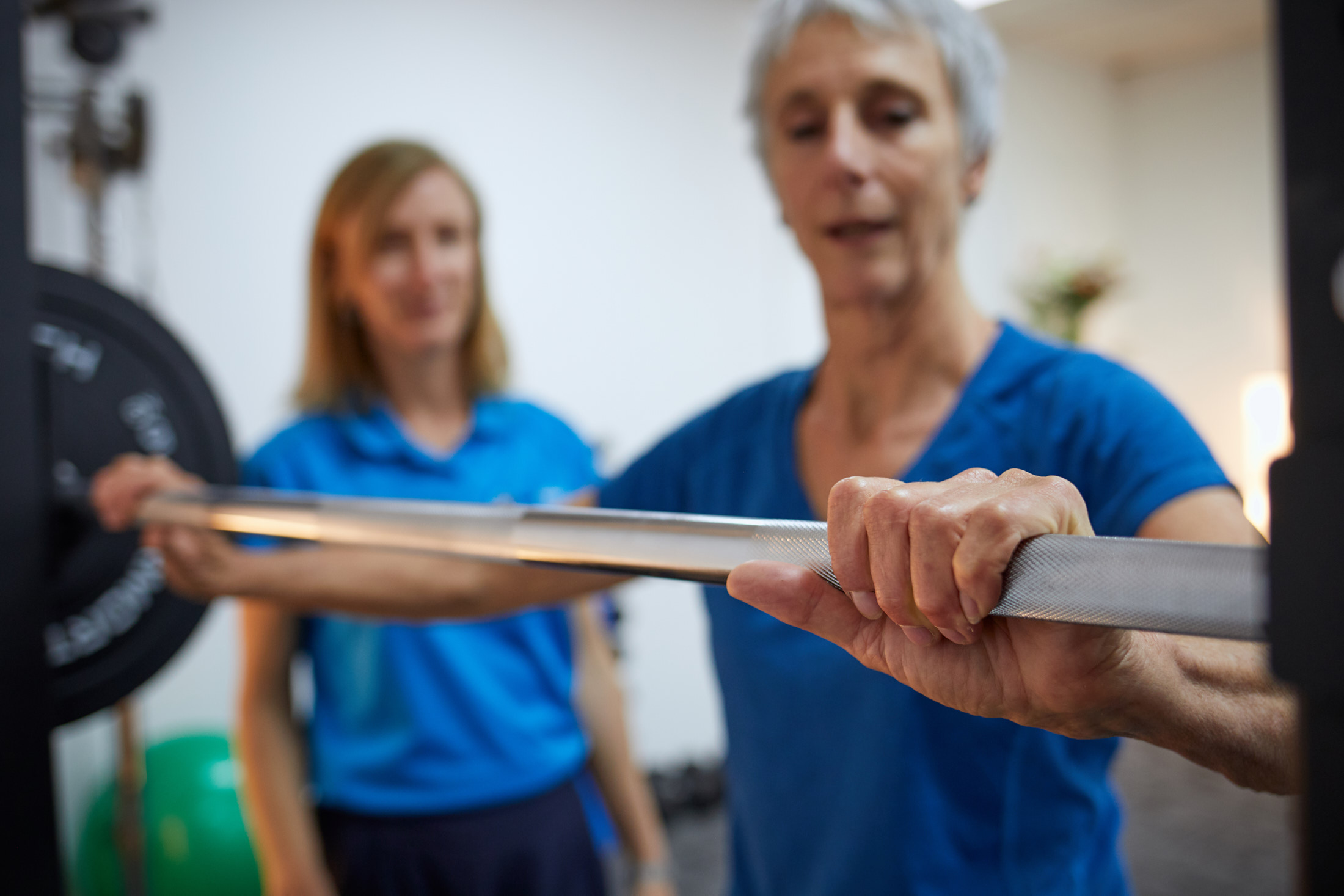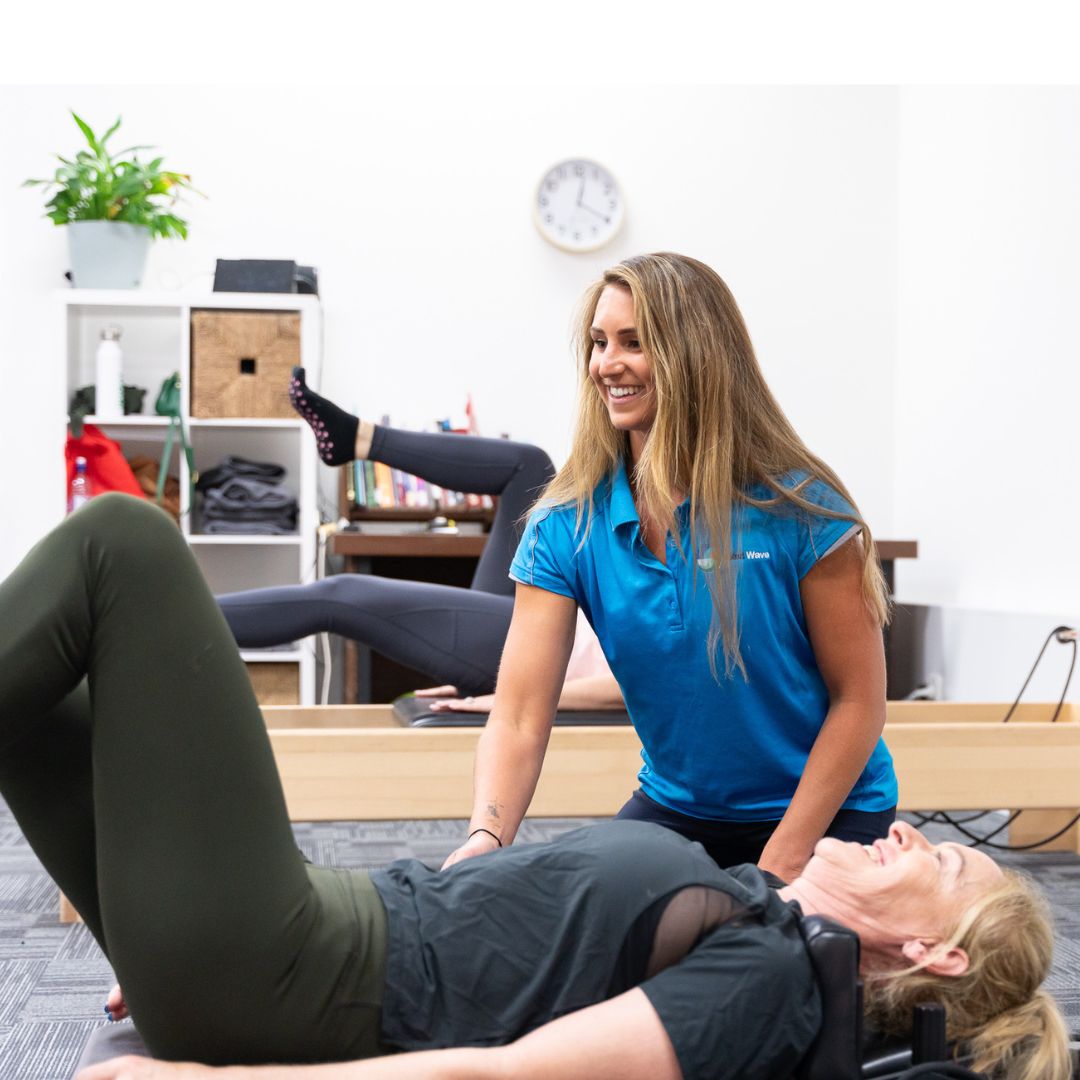When pain persists, pacing helps.
Anyone who experiences persistent pain craves a painless life.
Activity pacing offers a way of living with less pain. It gives self management strategies for doing more of what you need, want and are expected to do with less pain. This article explores the concept of painless living and gives practical tips for self management.
The Painless Trap
We are hard wired to not have pain. This is our default protective mechanism that prevents us from being harmed. As a result, when pain persists every day and effects every domain of our life, it is natural that we want to get rid of it. Unfortunately in this pursuit it is a common to fall into the trap of wanting a painless life. This is very different to a pain-less life.
The Painless Trap has two parts
The first part of the trap is to focus on being completely pain free or PAINLESS. This is when a person try’s really hard to get rid of pain, find a cure and remove it completely.
The reason for this focus is that pain is a warning signal that something is wrong, that there is danger in the body. We naturally withdraw from danger for our safety. So it is natural that we want to stop experiencing it. The problem is that this works (and is necessary) for acute pain with a direct cause but it does not work for chronic pain.
The second part is about our LIFE and being able to enjoy it. Unfortunately to achieve this, when we have pain, we either push through the pain and try really hard to beat it which results in a flare up and lots of recovery time needed. Or we avoid the pain and try to do the write thing by resting or limiting activity to avoid a flare up which ends up reducing our activity tolerance and ultimately keeping us in the pain cycle.
What if there was another way?
What if we could find a way to do the things we need, want and are expected to do with less pain?
Activity pacing is one of many options that helps you to walk the painless path in life. This is a path where there is less pain, less focus on pain reduction and more focus on participation, functional ability and life satisfaction.
Activity pacing
Activity pacing is a skill that helps you do more of what is important to you without causing or increasing pain. It’s a middle ground between doing too much or too little. Pacing also means spending just enough time on an activity to get the most out of it. It means not avoiding activity but also not pushing yourself so far that you end up in more pain.
Activity pacing patterns
Most people will naturally follow one of four different pacing patterns.
Do nothing – Do more – Do less – Do too much
The approach that you use most of the time will be in line with who you are as a person and how you respond to the environment. An occupational therapist works closely with you to discover what your natural activity pacing pattern is, what your sensory preferences are, what occupations you are having difficulty with and then help you work out how to integrate this with your pain management needs.
What are the benefits of activity pacing?
Over time pacing helps you live a life that matters.
-
Pacing increases your activity tolerance. This means that you will slowly have more energy and fitness levels, be able to do more and be less vulnerable to further injury or ‘flare ups’.
-
Pacing is a tool used to respond not react to pain. It gives a strategy or plan to help navigate your way through the ‘pain vs activity’ life map.
-
Pacing puts you back in the director seat, in control of your life. It helps you to stay active, have less pain … and start to live to your fullest potential!.
Activity pacing is graded approach, finding the balance in how you move, think and feel in the here and now, and then helping you to gradually change those things that increase pain.
Let yourself be silently drawn by the strange pull of what you really love. It will not lead you astray. (Rumi)
Top 3 Tips to Get Started with Pacing
1. Recognise 3 occupational performance problems that are important to you.
Occupations are all the life activities we need, want or are expected to do. They include all our personal care, work and leisure activities. No matter how small or big choose the things that would make a difference to you now. For example, being able to wash the dishes, go for a walk, hold your grandson or have a shower with less pain.
2: Set a SMART goal. This means be Specific about what you want, have a way of Measuring the outcome, check if it is Adaptive and Realistic and set Times of when, how often and for how long you will do it.
For example; I will walk around the block for 10 minutes every morning after breakfast.
3. Plan how are you going to achieve these goals.
This step has 2 parts; energy conservation and energy building.
-
Energy conservation is about finding ways to balance how you use energy for the things you have to do e.g. grocery shopping and the things you want to do e.g. going for a walk. It is done by pacing throughout the day. A general rule for pacing throughout the day is to have a short period of activity followed by a period of rest. The activity to rest ratio can gradually be increased at your own pace! Remember Goldilocks approach – do what is just write for you – not too much and no too little.
-
Energy building is about increasing activity tolerance of a specific activity. This can be done by changing the way you do an activity to reduce energy output, adapting the environment or changing the task requirements (grading). It’s also useful to look at time contingent factors e.g. start with 15 min walk a day then gradually increase in 2 or 5 minute increments over a number of weeks.
Doing, Being and Becoming
When pain persists there can be a daily struggle in doing the things matter.
If we can not do what we need, want or are expected to do, then who are we? We start to have less moments of being ourselves. Our self confidence, motivation and mood waxes and wanes. The quest to be pain free feeds a cycle of pain, doing less activity, being less confident and becoming more entrenched in a pain filled world.
When pain persists we can use pacing strategies to help focus on doing what matters. We start to have more moments of being fully present as our selves. This painless life path means that we become more focused on reaching our potential and having meaningful life experiences.
Want or need more help?
Next Wave therapists all have a special interest in helping people with persistent pain. What has been explained in this article is an occupational therapy approach, but it may be that one of our physiotherapists or naturopaths can help.
When pain persists it can be difficult to know where to start to get help because it can encroach on every domain of your life. If you have pain and are also struggling with other issues such as; reduced mobility, low activity tolerance, negative thinking, low mood or anxiety, poor sleep, recurrent infections our multi-disciplinary team are here to help.
Written by Sasha Wray (Occupational Therapist and Naturopath)
Copyright Next Wave Therapy (2019)







